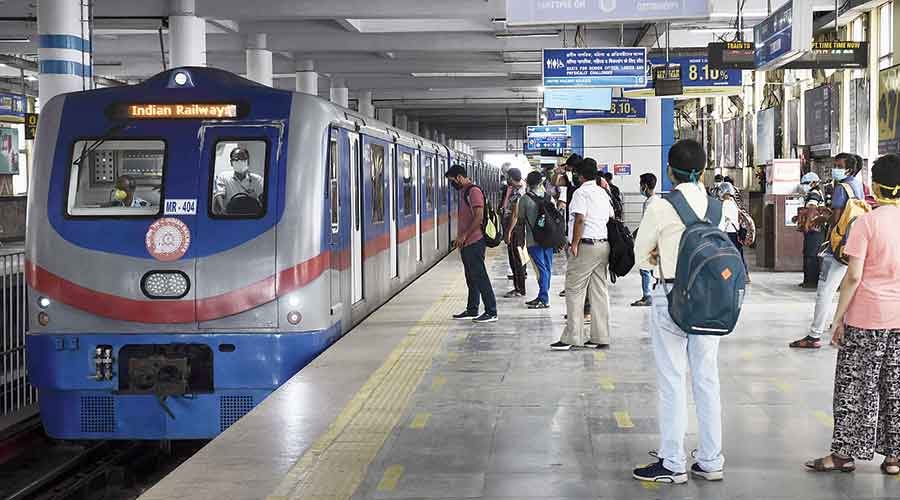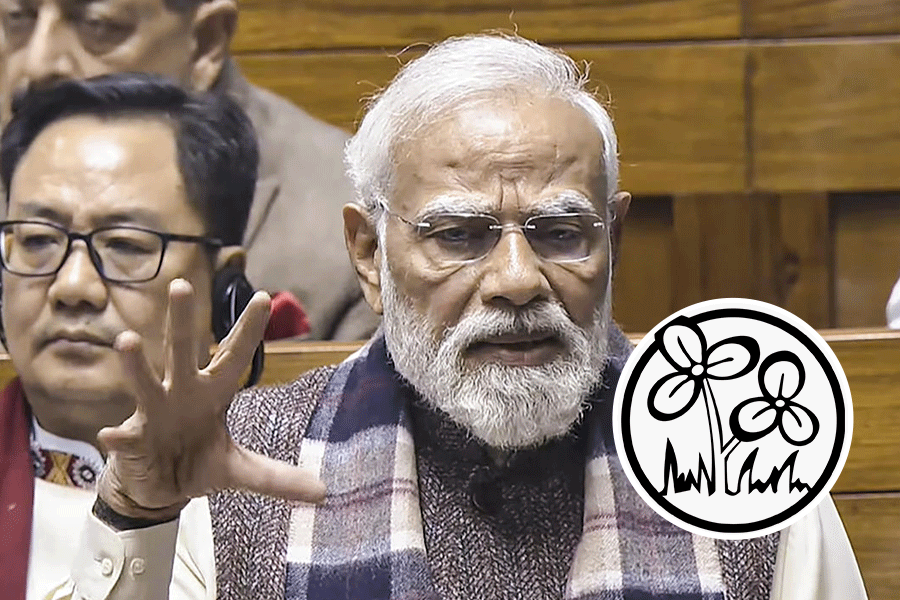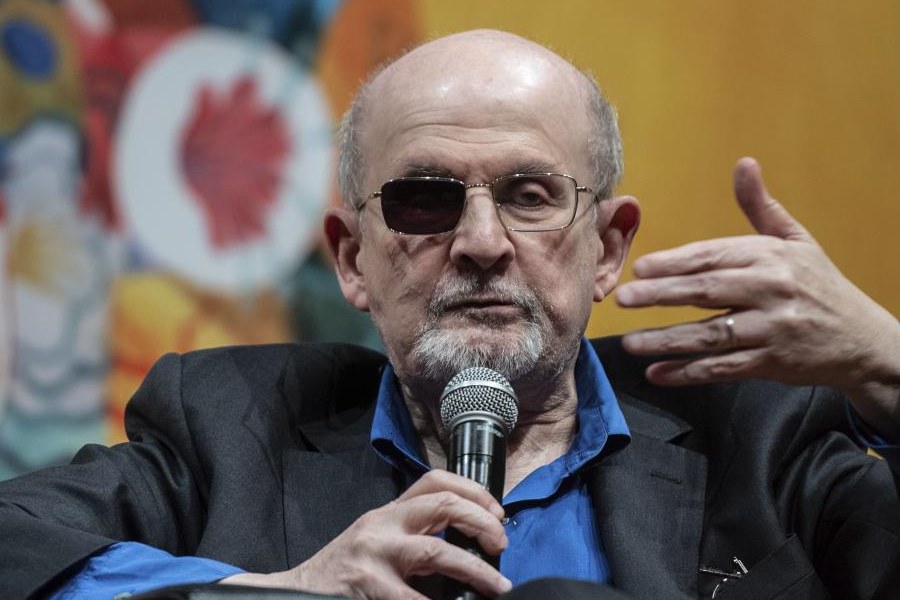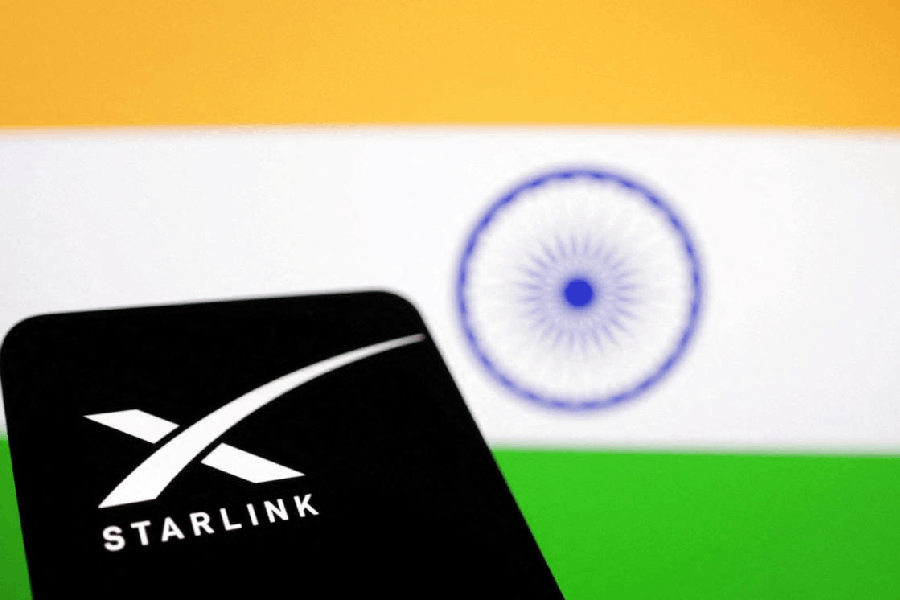Only about 40 per cent of the pre-pandemic number of passengers has been taking Metro trains even though the transportation system resumed operations from mid-September last year. The suburban trains, too, are less crowded than they used to be before the Covid-19 pandemic.
Many people losing their jobs because of the pandemic, others working from home and educational institutions remaining closed, except for few classes in the schools, are some of the main factors for the transportation systems not having passengers like the normal times, several officials told Metro.
Metro Rail has had 2.1 lakh to 2.3 lakh passengers daily this week. The number has gone up from 21,336 passengers on September 14, the day services had resumed. The number of trains has also gone up from 110 to 240. However, after five months of resuming operations, the passenger count is still far less compared to 6.5 lakh passengers taking Metro trains daily before the pandemic. Then, 284 trains would run on weekdays. Metro services were closed from March 23 last year.
The passenger counts for suburban trains have also not touched pre-pandemic levels. Eastern Railway is recording a daily passenger count of around 25 lakh on an average in its suburban trains as against 30 lakh earlier. South Eastern Railway now has around 7,500 passengers compared to the earlier daily average of 10,500 passengers in the suburban trains, said an official.
Tens of thousands of people staying in the fringes of Calcutta would take a suburban train to Calcutta for work. Many of them would take a Metro from stations like Dum Dum to get to the heart of the city where their offices are located. There would be others who would take a Metro to travel short distances within the city for work.
During the Covid-triggered lockdown, many lost their jobs and are yet to find another one.
An elderly resident of Belghoria in the northern fringes of the city, who used to work as a security guard for a retail store in a mall in south Calcutta, would take a suburban train to Dum Dum and then a Metro to Rabindra Sarobar station. From there, he would take an autorickshaw to reach his workplace.
The store, a retail chain, decided to do away with security personnel as a cost cutting measure. “I am yet to get a job. There are a few stores I have contacted but at the moment no one is hiring me,” he said. There are many like him who are no longer travelling on suburban and Metro trains to come to Calcutta for work every day.
A Metro official said the footfall at Dum Dum station, an interface for suburban and Metro passengers, was 80,000 passengers daily. The number is 39,000 now.
“We are trying to encourage people to travel by Metro by withdrawing the e-passes. Now, passengers can buy smart cards for travelling,” said Indrani Banerjee, Metro spokesperson. Metro is yet to introduce tokens because they apprehend these could lead to the spread of the coronavirus.
A Metro official said many passengers who are buying smart cards are returning them after a day or two. “People don’t want to keep the money deposited, even though it is a small amount.”
A Metro smart card can be bought for Rs 100 and if it is returned, a small amount including the ticket price for the rides is deducted.
According to the official, in January 2021, nearly 1.42 lakh smart cards were sold, out of which almost 29,000 were returned by passengers after a few days. In January, 2020, 21,240 cards were sold and only about 3,000 were returned.










